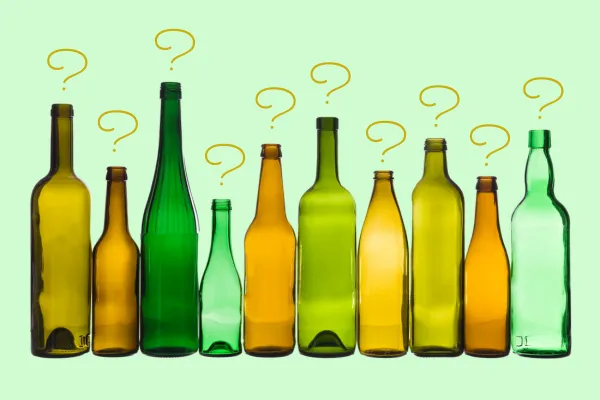
Choosing an H2 water bottle - what should I look out for?
H2 water is marvellous!
It creates clarity and focus in the mind, balanced and energised cells throughout the body, hydrates from top to bottom and eliminates inflammation and oxidative stress and much more.

The awareness of molecular hydrogen and the great value it creates for us living beings - humans, animals and plants - is gradually growing. What's more, it's so easy to stay energised with water. Because we drink every day anyway. So why not water with H2?
The growing awareness and popularity is causing hydrogen bottle manufacturers to spring up and as an H2 Advisor (MHI) I am often asked what to look out for when buying an H2 water bottle. The flood of products and the promotion of the best has begun. It's time for clarity.
These are the most important points you should look out for when choosing an H2 water bottle:
1. Hydrogen Production
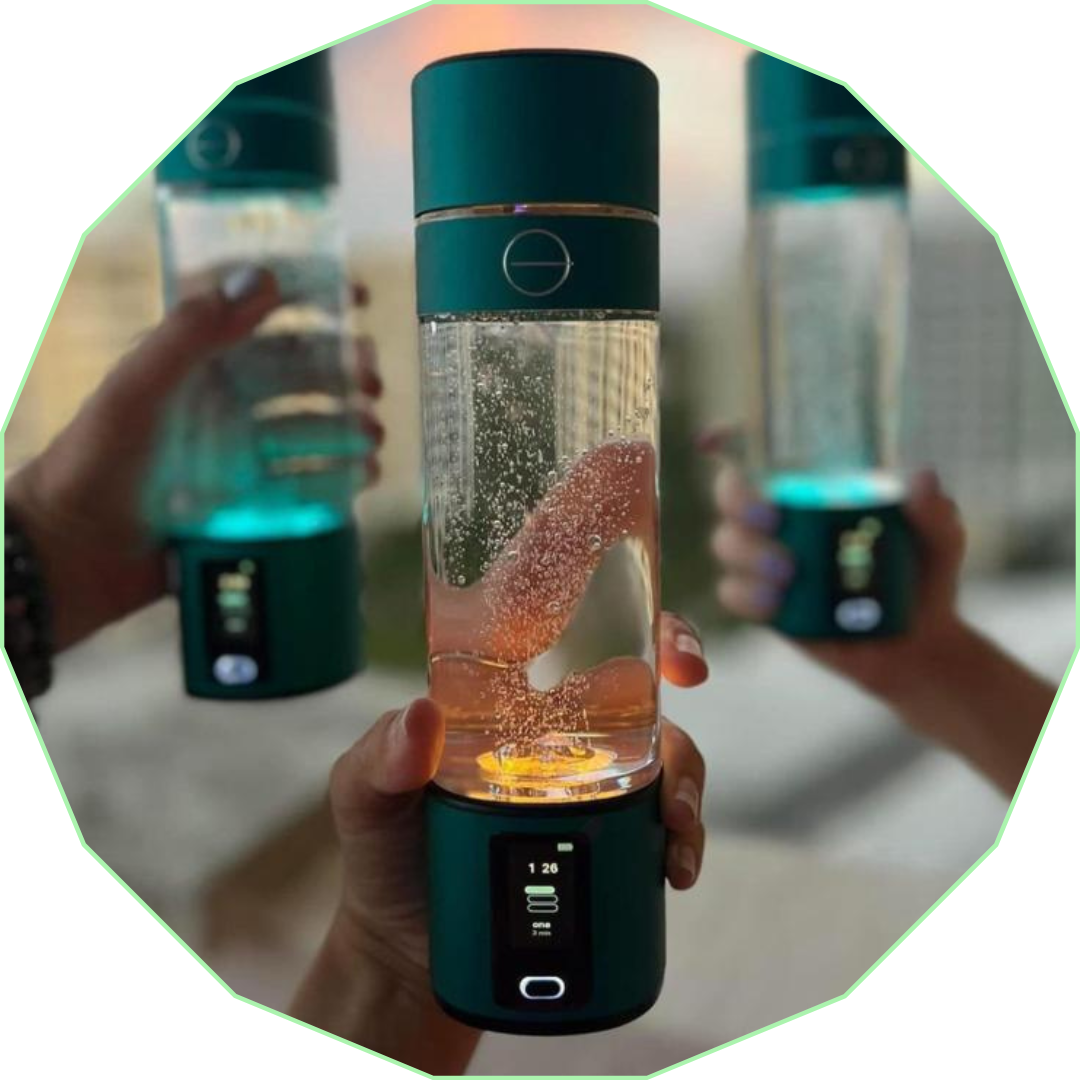
Firstly, it is important that an H2 water bottle produces molecular hydrogen.
This sounds trivial, but it is important to emphasise. In a test of almost all the bottles available on the market, Nuno Nina - a scientist and pioneering researcher and practitioner in the field of frequency and hydrogen - found that a considerable proportion of the H2 bottles on sale do not produce any molecular hydrogen at all.
Above 0.5 ppm (parts per million), H2 is considered therapeutic. For a water drink that you drink in one go like a glass of water, a quantity of 1.0 - 1.6 ppm is ideal. Our body can metabolise this much in one serving; any excess would be exhaled unprocessed.
As hydrogen has no side effects, you might think that it is not so important if a bottle produces more H2 than we can use - according to the principle: ‘the more the better’ or ‘it won't do any harm’. But that's not true in this case.
In the electrolysis section below, I will explain why a precise amount of H2 in the water is relevant.
2. Water Purity
The purity of the water is an absolutely essential criterion.
On the one hand, it is relevant which water you fill in. By pure water I do not mean dead or shallow water, as distilled or osmosis water is called. Pure means free of dirt, toxins, germs and medication, but moderately stocked with minerals. It is water that comes either directly from a pure source or from the tap with very good filtration.
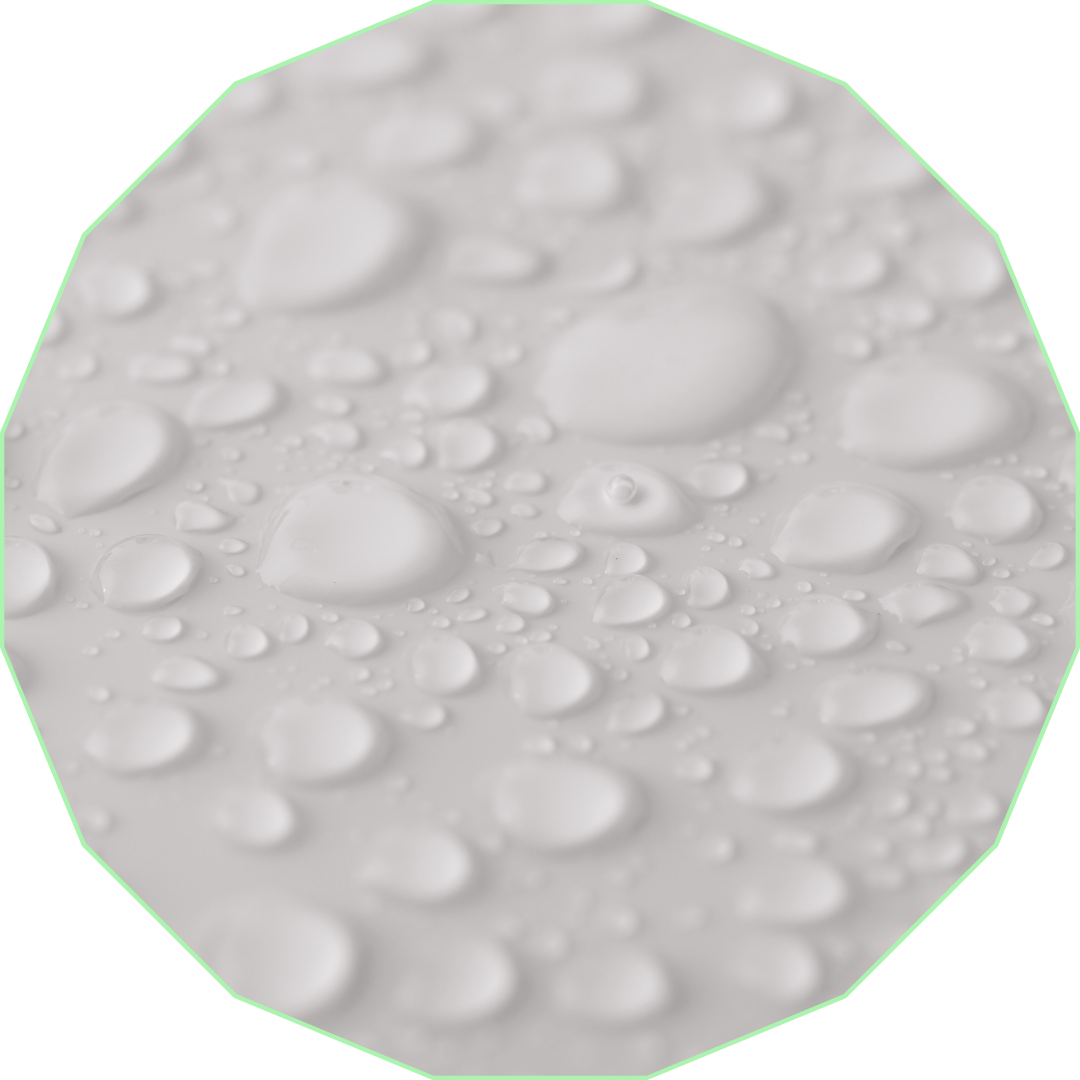
On the other hand, it is relevant how pure the water is after electrolysis. This is because the electrical process that enables the production of molecular hydrogen is a so-called ‘dirty process’. Not only are hydrogen molecules separated, but the electricity also produces by-products that should never enter our bodies: Chlorine, ozone, heavy metals, metal leachates and others.
These are prevented by precise electrolysis technology, certain materials for the electrodes and, above all, a filter in the bottle. There are various options for the filter that manufacturers install. The safest solution is a special membrane. This is called a PEM (proton exchange membrane). The best ones are so tight that they only allow the tiny hydrogen molecules to pass through and nothing else.
Here again there are various manufacturers who supply the hydrogen bottle manufacturers. The most recognised membrane freely available on the market is the one from DuPont. It is safe and lasts for a while.
However, the really best membrane is not freely available and was made by Nuno Nina himself, as he was not satisfied with any membrane. DuPont is too short-lived for him and therefore too unreliable for the life cycle of an H2 bottle. The membrane of the CellPower bottle is the most robust, durable and reliable on the market and is only used in LumiVitae's own bottles.
3. Voltages During Electrolysis
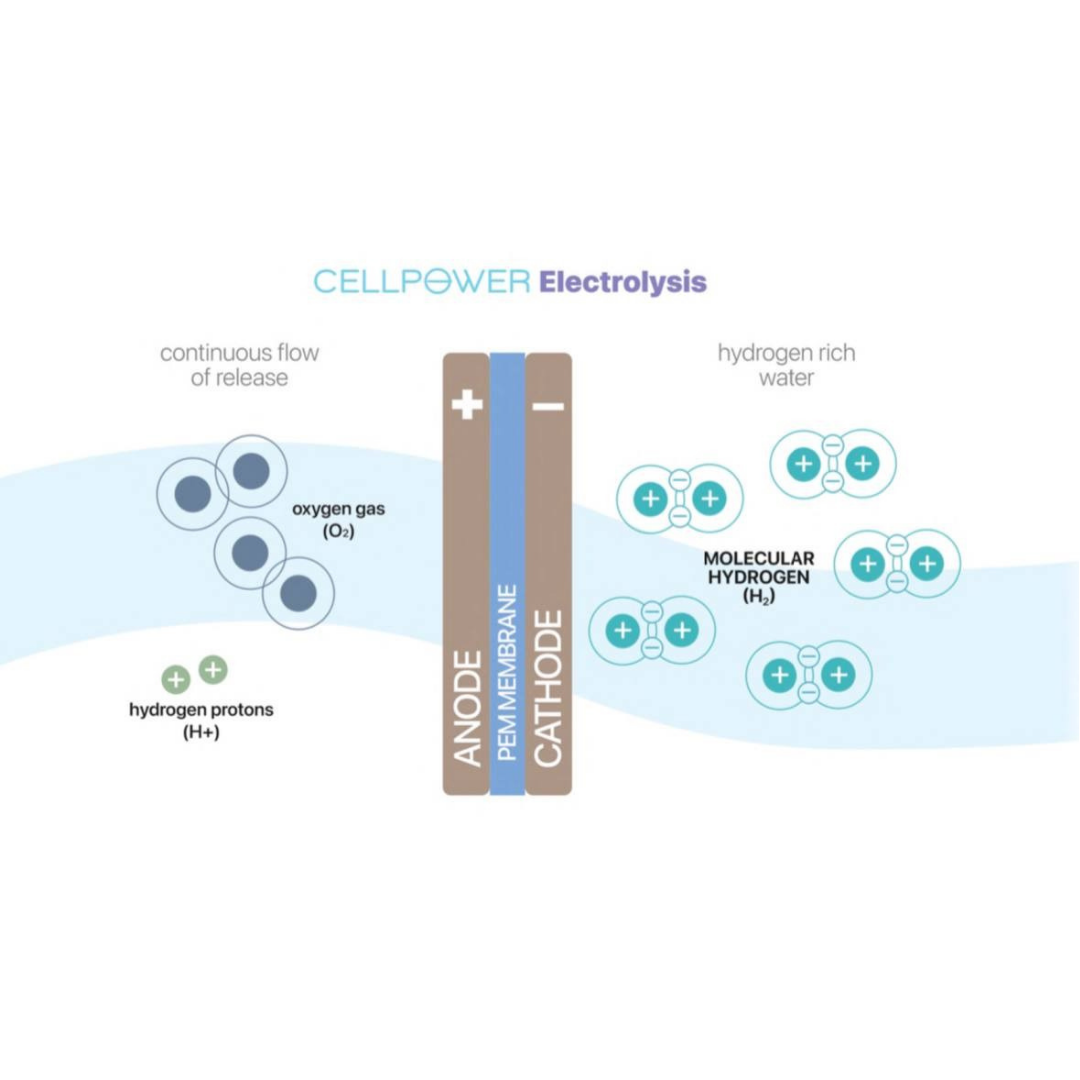
Electrolysis creates free molecular hydrogen. To do this, we need electrodes that are energised and in contact with the water. During electrolysis, several substances are always produced at the same time: molecular hydrogen, chlorine, ozone, heavy metals and others.
The higher the voltage, the more H2 is produced in a short time. At the same time, more by-products are also produced. Ideally, these by-products are held back by a robust membrane and discharged through a bottom valve while the molecular hydrogen passes through it.
The more by-products are created during hydrogen production, the more difficult it becomes for the membrane to retain them completely. This means that with higher hydrogen production - i.e. when more hydrogen is produced than is required for one portion - the risk increases that not only pure H2 water but also unwanted by-products remain in the water.
People often drink H2 water without realising that it also contains harmful by-products.
Below 4 volts, molecular hydrogen, chlorine and ozone are produced. All voltages above this also produce heavy metals. In addition, the pH value is also negatively altered at higher voltages (greater than 8).
Most hydrogen water generators work with voltages in the range of 12 to 30 volts.
12 - 15 volts are common for smaller, portable devices.
Larger, permanently installed units usually operate at 20 volts and above.
The H2 hydrogen water generator from LumiVitae operates at 2.3 volts.
This is the lowest voltage of all available H2 water bottles.
Here you can see a short video of a purity test of H2 water carried out by Nuno Nina and his assistant Rita.
Click here to go to my page where I show how clean or dirty water can be.
In this context, it becomes clear why more than necessary H2 is more harmful than helpful.
Rather, the ideal is to hit exactly the middle range:
the lowest possible voltage and production of by-products
with the most accurate H2 concentration possible (approx. 1.0 - 1.6 ppm)
with a robust, reliable membrane + by-product outlet as the perfect combination for the purest, most effective hydrogen water at the highest level.
4. Material Selection
Bottle - Electrodes - Membrane - Water Quality
Bottle
Glass or stainless steel are always the best choice for food. There are also hydrogen water bottles that are made of glass. A very good choice in terms of hygiene, but somewhat questionable from a safety point of view.
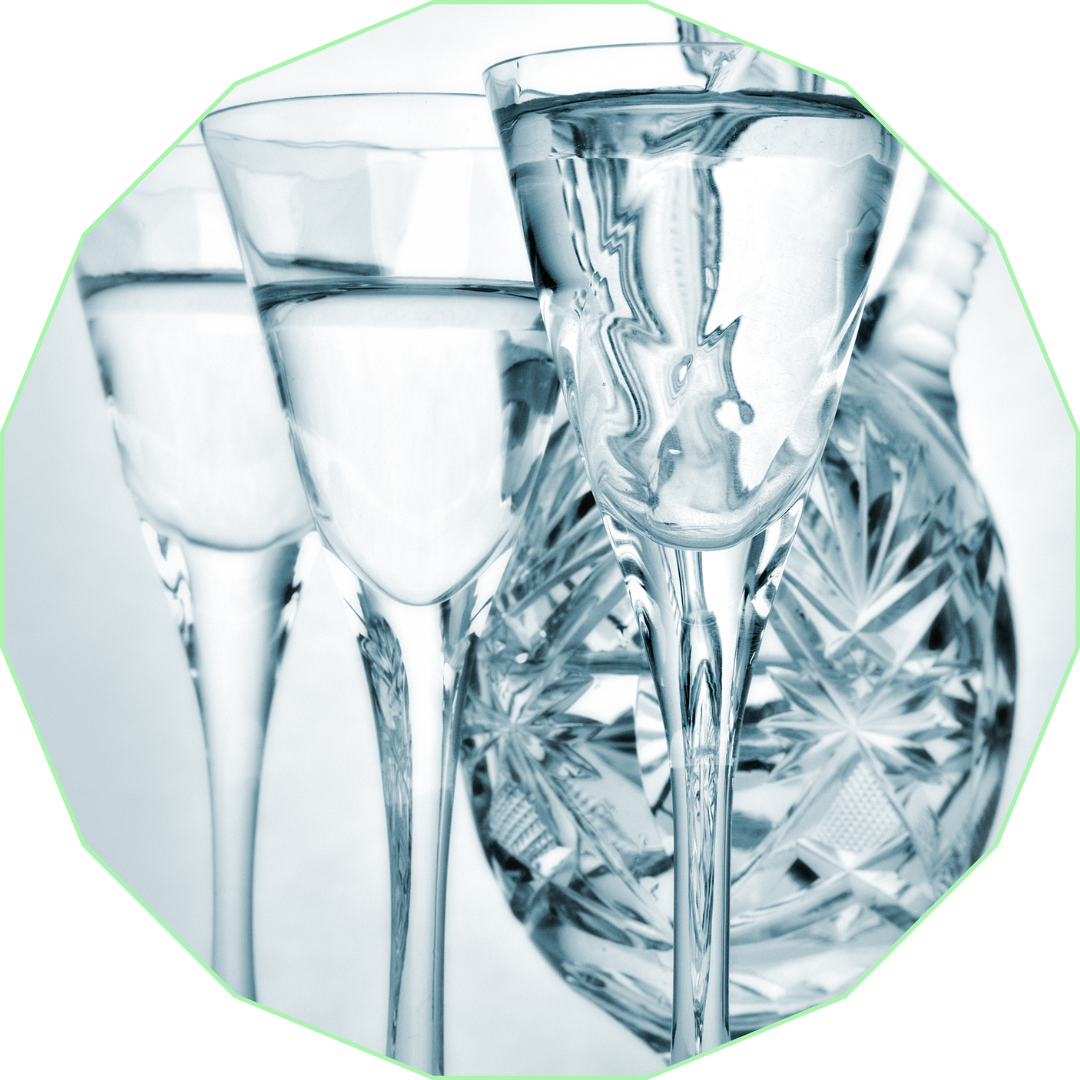
This is because the molecular hydrogen gas dissolved in the water is pressurised when it is created. The bottle containing the water must therefore be made of a material that can withstand the pressure. Glass and stainless steel cannot do this, but of course plastic can. In fact, all plastics release substances into water, so the best material should be used.
BPA-free (bisphenol A-free) is not enough when it comes to plastic information because this is just one of many plasticisers used in the material. The other substances are not normally specified. The best pressurised plastic material is currently Tritan. It is used in medical technology in the human body.
The best material for H2 water bottles is therefore Tritan.
Electrodes
The electrodes come into contact with the water and must be made of a material that is not leached out by the water. The best and safest quality for the electrode plates is titanium, which in turn is coated with platinum.
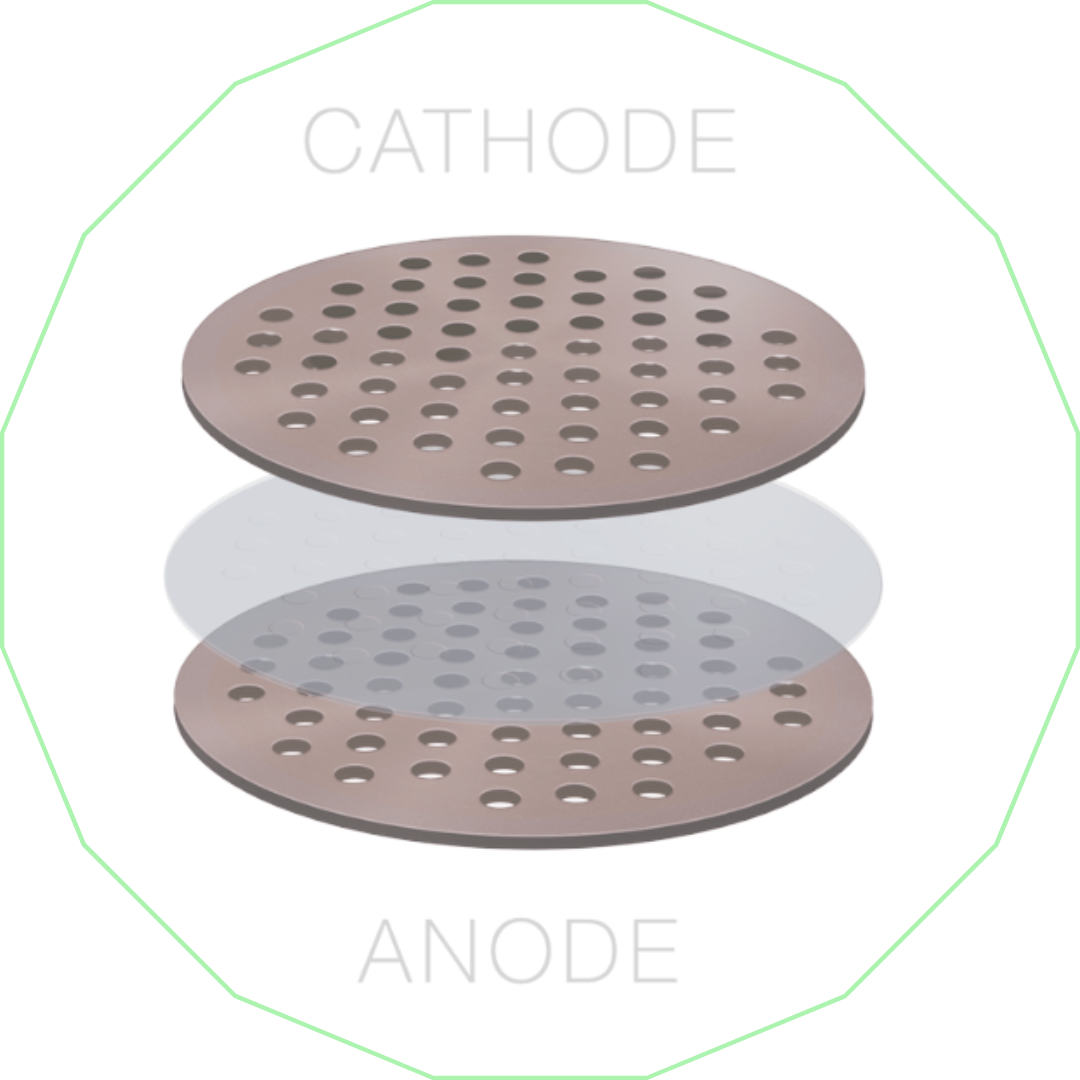
This keeps the water free from metal leaching.
Membrane
In the section on electrolysis, I already mentioned that a proton exchange membrane (PEM) produces the purest water. There are various manufacturers, DuPont is the second best choice after Nuno Nina's PEM..
Unchanging pH value
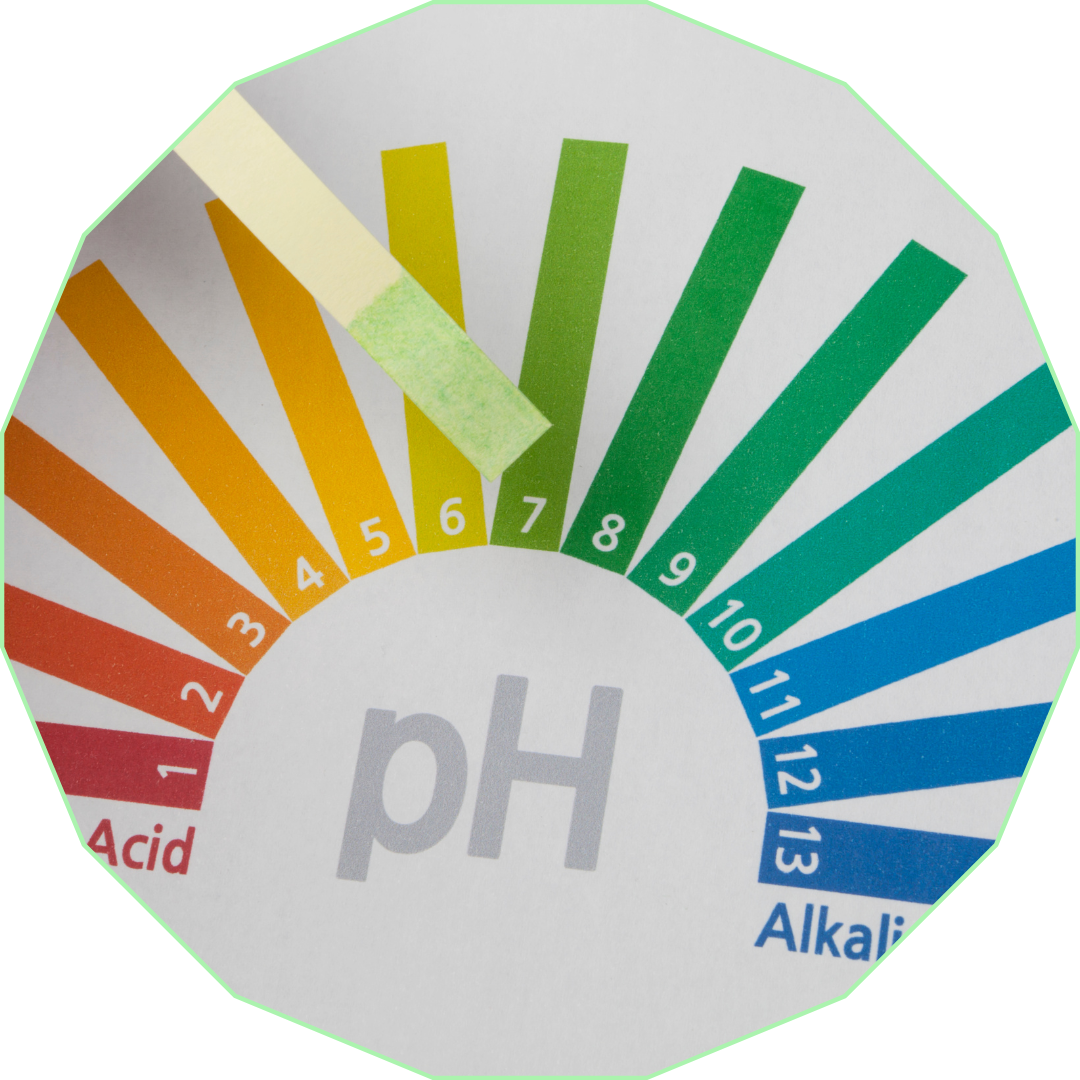
Good electrolysis occurs when the pH value of the water remains unchanged. With high voltages and no PEM technology, the pH value often changes. Hydrogen production should take place without influencing the pH value so that the water remains neutral (+/- 7).
Water recommendation for the bottle
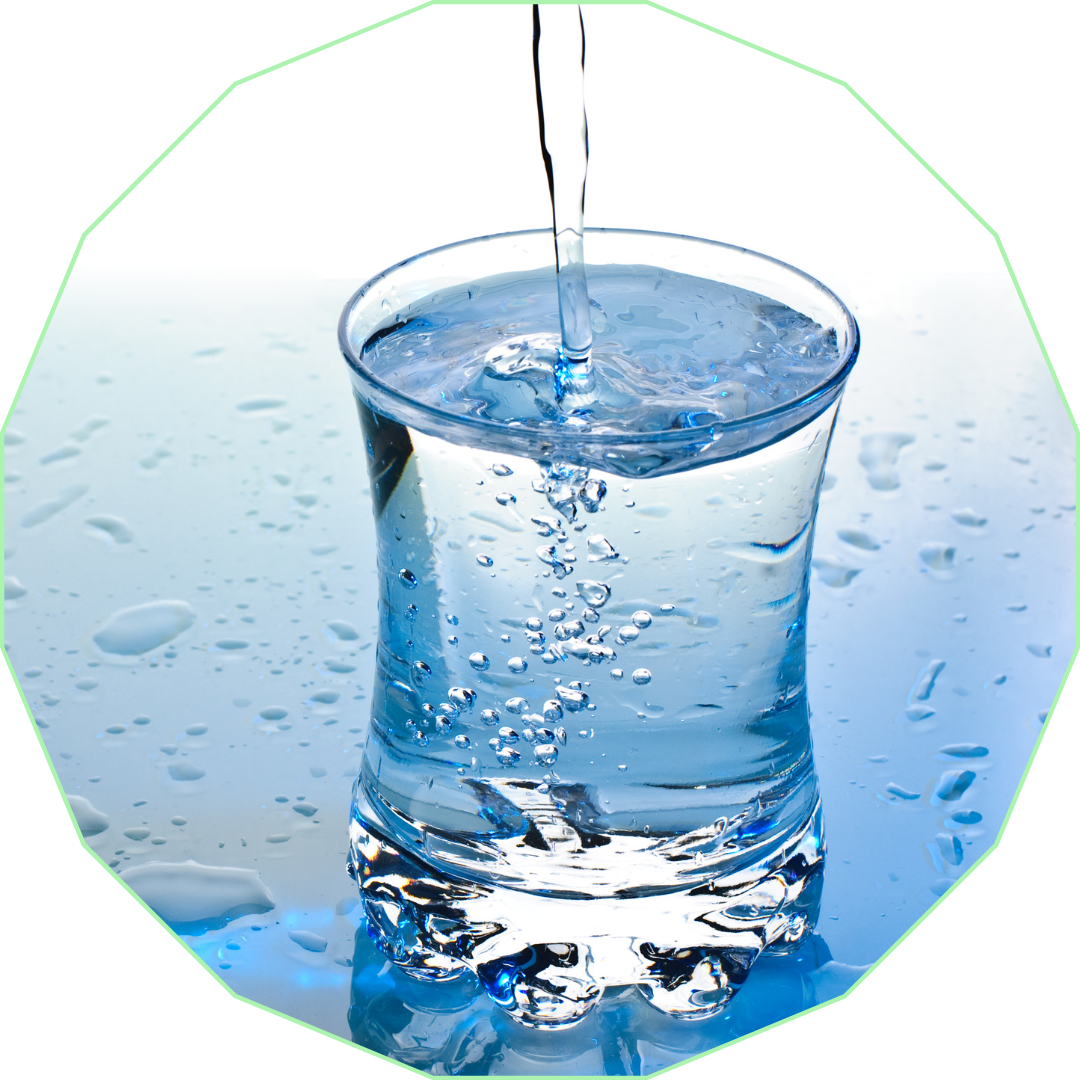
Make sure that you can fill it with water containing minerals (TDS up to 100) and filtered tap water. These types of water are particularly beneficial for our bodies. If you can only fill a bottle with distilled water, this may be good for the bottle, but not for you.
5. Seal / Certificate
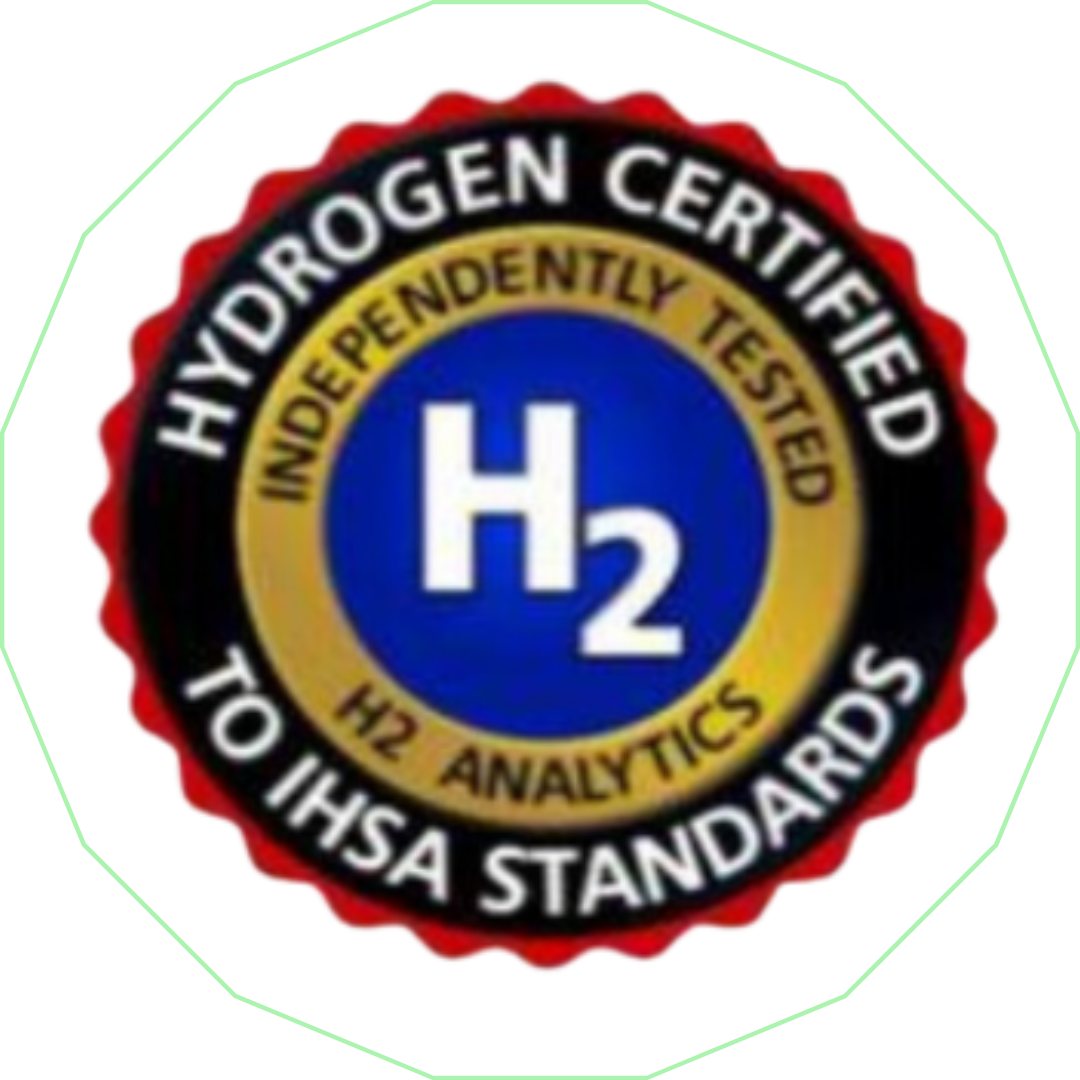
For you as a customer in the flood of offers, there is a lot of support for the right choice of an H2 water bottle.
The International Hydrogen Standards Association (IHSA) offers third-party testing of hydrogen water generators. Manufacturers can submit their H2 water cylinders there for testing.
I assume that every manufacturer who has nothing to fear will be happy to undergo this test so that their product is visibly of reliable quality for customers.
There are currently only a handful of companies worldwide that have been able to successfully submit their product to this test.
When an H2 bottle receives a seal, this confirms that
H2 concentration as stated
Water remains free of impurities produced during electrolysis
pH value does not change or only changes by a maximum of 1.5 points
Pressure resistance of the water tank
This seal makes the selection process very easy because the IHSA checks and confirms the essential quality criteria.
Conclusion - You can simply make your selection in this order:

Pay attention to the amount of molecular hydrogen produced, as stated by the manufacturer. If this is significantly higher than 1.4 ppm, it is very likely that high voltage is being used, which means that a lot of very harmful by-products are being produced. Even if certification has been granted, the purity applies to the testing of new cylinders and brand new membranes, which - as mentioned - do not last forever.
Is a PEM membrane used and which one?
Choose a bottle with a very high-quality membrane (these cost around 70 euros to buy. There are counterfeits. Check for yourself whether the price for the entire bottle seems reasonable). The strongest and most durable membrane is produced by LumiVitae for their in-house H2 bottles.
There are some bottles on the market that produce pure hydrogen water.
And yet, after all these considerations, I once again come to the conclusion that the CellPower bottle is still the best choice - it simply has everything to offer at the highest level:
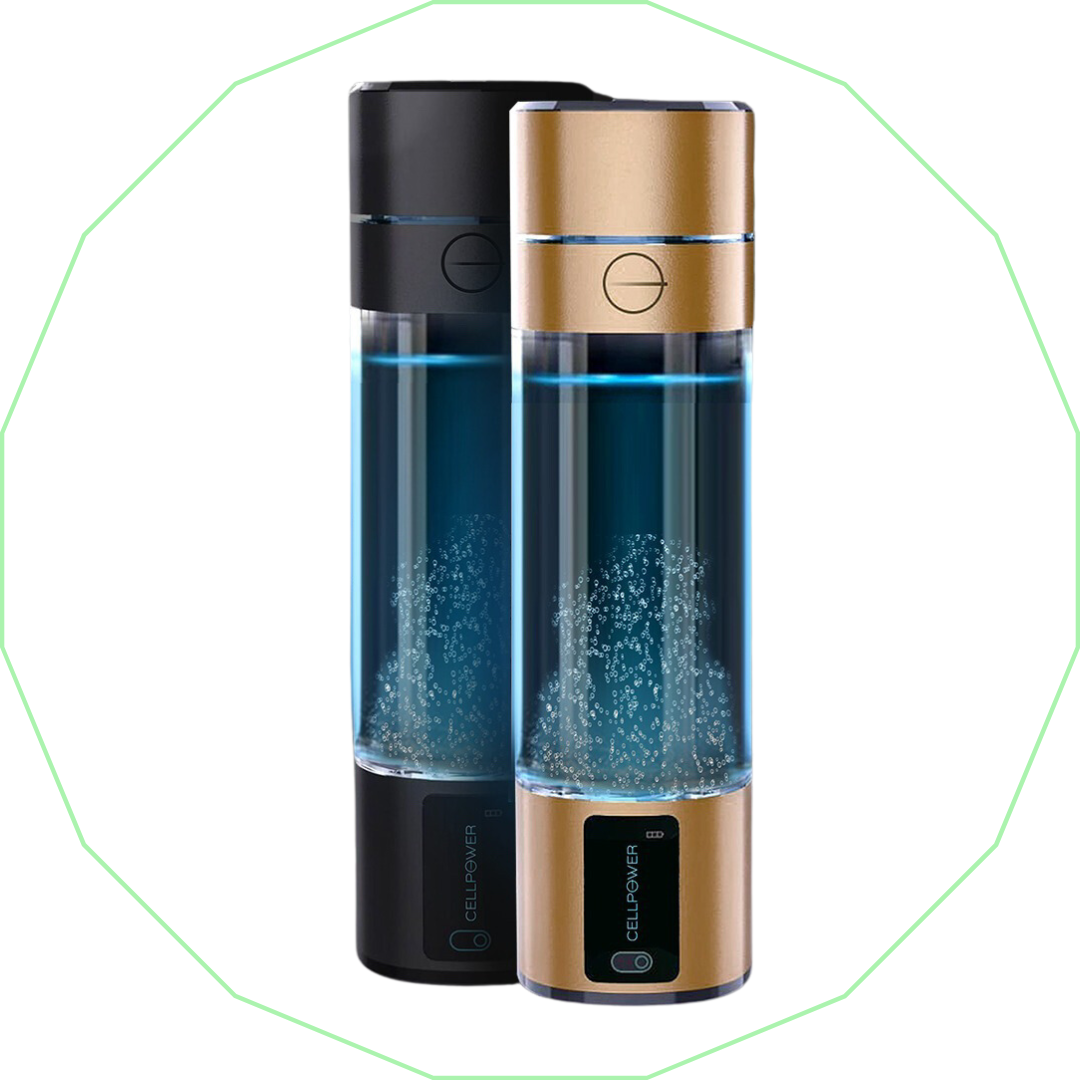
IHSA-certified
pure, effective hydrogen water in exactly the right amount (1.4 ppm) with no pH change
strongest and most durable PEM membrane, 2.3 volts, bottom valve
platinum-coated titanium plates, Tritan bottle, most robust PEM membrane, suitable for mineral water
In addition, enormously high bioavailability of the H2 through:
Earth energisation (magnet)
High-tech lid with selectable frequencies for positive water information and hexagonal water structure
Clinically tested and perfected over many years (golden ratio of water)
So why not take the best for yourself and your customers?
https://vitalityartist.com/lumivitae-cellpower-en
Take a look at the CellPower bottle, let yourself be inspired and give yourself and the people entrusted to you the gift of unique hydrogen water for inner balance in body and mind!
I have also found two components (filter and swirler) for the best tap water for you if you still need fresh tap water. See www.vitalityartist.com.
Your vitality artist Martina
